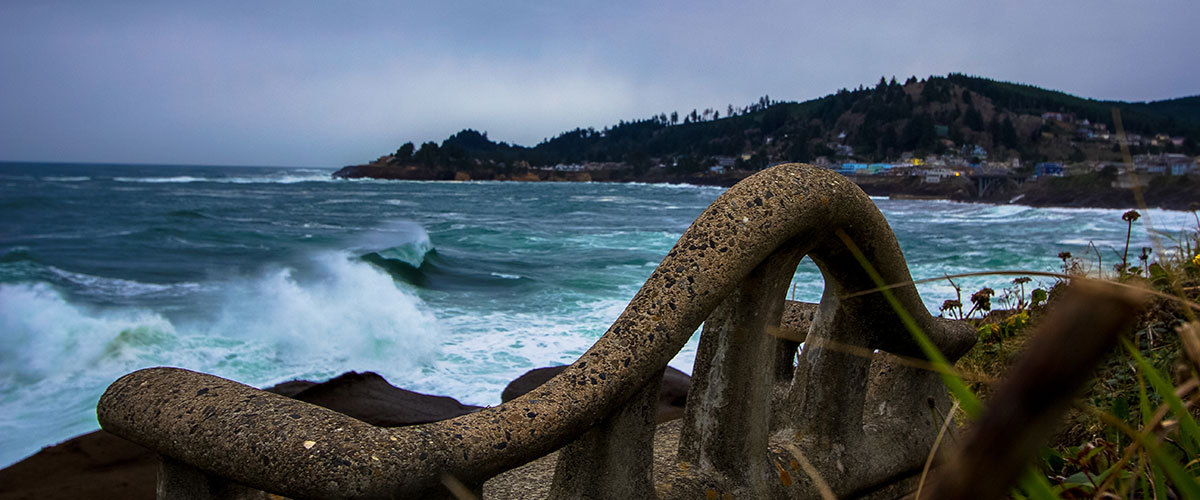Management 101

The Office of National Marine Sanctuaries (ONMS) is responsible for identifying, designating, and managing ocean and Great Lake areas of special national significance as national marine sanctuaries. Sanctuaries are managed to protect and conserve their resources and to allow uses that are compatible with resource protection. Management of sanctuaries is composed of a number of components:
- authorizing legislation (National Marine Sanctuaries Act - NMSA);
- regulations;
- management plans;
- management effectiveness programs;
- permitting;
- conservation policy; and
- strategic planning.
Legislation
The NMSA authorizes the existence of the ONMS, describes the purposes and policies of the ONMS, and provides authorization for appropriations. The NMSA is reauthorized every four to five years, allowing for updating and adaptation as necessary. While the NMSA provides the basis for everything else that follows, the ONMS must also develop regulations, management plans, policies, and operational procedures.
Additional information, publications, and links related to the National Marine Sanctuaries Act, including current reauthorization efforts.
Regulations
Regulations represent the detailed implementation of the NMSA in the protection and conservation of sanctuary resources. Upon designation of a sanctuary or during a management plan review, site-specific regulations are issued that restrict a narrow range of activities, because an activity has already been found to be incompatible with the primary mandate of resource protection or is a proactive step necessary for the protection of a specific resource. The ONMS can also revise existing regulations or issue new regulations after the designation of a site. This may occur after a sanctuary has been in operation for several years and either a new activity is identified that did not exist prior to the sanctuary's designation, or new information about an existing activity reveals it is incompatible with resource protection or is resulting in user conflict. Under certain circumstances, the ONMS can also issue emergency regulations. Although the ONMS would generally seek non-regulatory means to address an issue, circumstances may warrant the issuance of a new regulation.
Additional information, publications, and links related to the ONMS regulations.
Management Plans
Management plans are site-specific documents that the ONMS uses to manage individual sanctuaries. Management plans:
- summarize existing programs and regulations;
- guide preparation of annual operating plans;
- articulate visions, goals, objectives, and priorities;
- guide management decisionmaking;
- guide future project planning;
- ensure public involvement in management processes; and
- contribute to the attainment of system goals and objectives.
The ONMS has begun a comprehensive process that will lead to the review and possible revision of management plans at all 13 Sanctuaries. Reviews of management plans have been undertaken because:
- most existing management plans are 10 years old or older and evolving issues may not be adequately addressed;
- most existing management plans do not incorporate state-of-the-art concepts and practices associated with management of marine protected areas; and
- the NMSA has a statutory requirement that management plans should be reviewed on a periodic basis.
Click herefor additional information, publications, and links related to management plans and the ongoing management plan review process .
Management Effectiveness
Assessing management effectiveness (the degree to which the National Marine Sanctuary System or a component site is meeting its ecosystem health and/or cultural resource integrity goals) is a critical element of the management of sanctuaries, and is done both internally by the ONMS and by external sources. It is part of routine sanctuary management efforts in order to foster a feedback loop that encourages an internal approach to problem solving and improved performance.
For more detail, see management effectiveness.
Permits
The ONMS has the authority to issue permits to allow some types of activities that are otherwise prohibited by sanctuary regulations, but which generally present a public benefit by furthering the management and protection of sanctuary resources. Permits usually include conditions that are designed to minimize or eliminate impacts to sanctuary resources. Permit conditions may also be included to minimize user conflict.
Additional information, publications, and links related to permits and the permitting process.
Conservation Policy
The ONMS conducts policy planning to provide a framework for the development of policies at both the national (system-wide) and individual sanctuary level. While this proactive approach to resource management is best, in reality most policies are developed in response to something that has already become a problem. The simple scale of some issues may seem prohibitive (e.g., invasive spp), while in other cases the newness of an issue makes response difficult since little information may be available about its impacts (e.g., alternative energy). Policies are often used not only to address issues by themselves, but they also provide guidance in the use of other management tools, such as marine zoning, permits, and regulations. Sites should, for complex issues or those with broad national implications, work within the guidelines of national policies that have been or are being developed.

